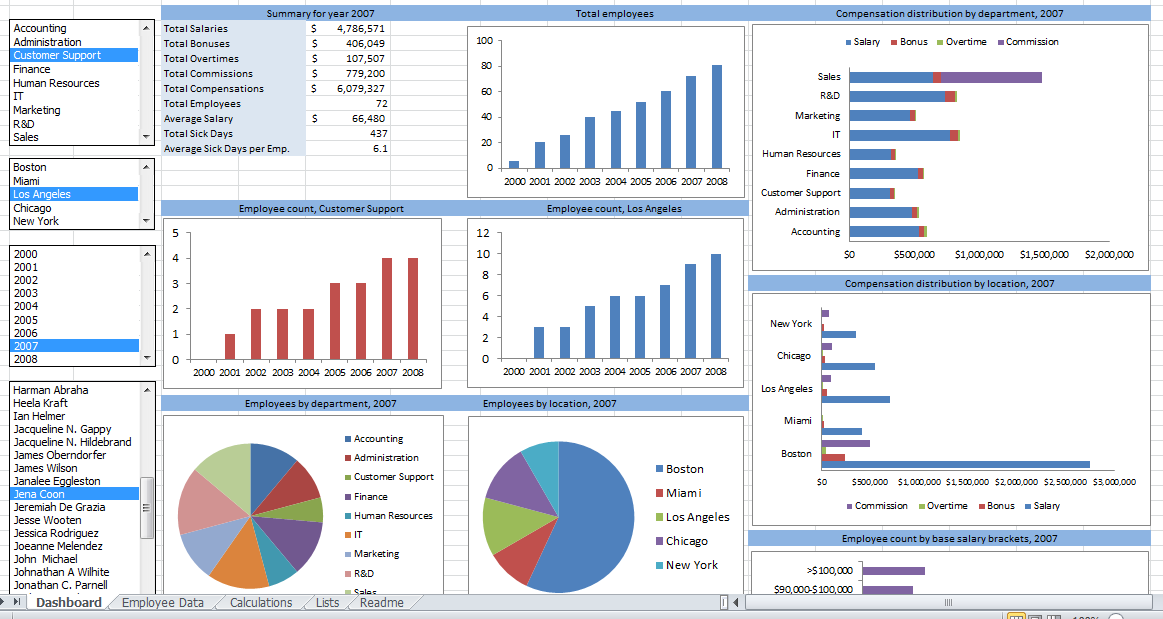
Giving your website a tune-up is a crucial step in maximizing user engagement and improving the overall user experience. Your website is often the first interaction that potential customers have with your brand, so it's important to make sure that it is fast, responsive, and easy to navigate. In this article, we'll go over some tips to help you optimize your website and increase user engagement.
Check Your Site Speed
Site speed is one of the most important factors that contribute to user engagement. Slow loading times can turn visitors off and lead to high bounce rates. To check your website speed, you can use tools like Google PageSpeed Insights or Pingdom. These tools will analyze your website and give you recommendations on how to improve your site speed.
Some tips to improve your site speed include:
Compressing images: Use tools like TinyPNG or Kraken.io to compress your images without losing quality.
Minimizing HTTP requests: Reduce the number of HTTP requests by combining multiple files into one.
Minimizing code: Minimize your code by removing unnecessary characters and spaces.
Optimize Your Content
Your website content is what drives engagement and helps convert visitors into customers. Optimizing your content can help improve your search engine rankings and keep visitors on your site longer. Some tips to optimize your content include:
Use headings and subheadings: Use headings and subheadings to break up your content and make it easier to read.
Use bullet points: Use bullet points to highlight key points and make your content more scannable.
Use images and videos: Use images and videos to break up your content and make it more engaging.
Use keywords: Use keywords throughout your content to help improve your search engine rankings.
Make Your Website Mobile-Friendly
More and more people are accessing websites from their mobile devices, so it's important to make sure that your website is mobile-friendly. A mobile-friendly website is one that can be easily navigated and viewed on a small screen. To make your website mobile-friendly, you can:
Use a responsive design: A responsive design will automatically adjust the layout of your website based on the size of the screen.
Use larger font sizes: Use larger font sizes to make it easier to read on a small screen.
Use larger buttons: Use larger buttons to make it easier to click on a small screen.
Improve Navigation
Navigation is key to helping visitors find what they're looking for on your website. Make sure your website is easy to navigate by:
Using clear labels: Use clear labels to describe each section of your website.
Limiting the number of options: Limit the number of options in your navigation menu to make it easier to navigate.
Using drop-down menus: Use drop-down menus to organize your navigation menu and make it more user-friendly.
Add Social Sharing Buttons
Social sharing buttons make it easy for visitors to share your content with their friends and followers. This can help increase your website's visibility and drive more traffic to your site. To add social sharing buttons, you can use plugins like ShareThis or AddThis.
Monitor Analytics
Monitoring your website analytics can help you identify areas of your website that need improvement. Google Analytics is a free tool that can help you track your website traffic and see which pages are most popular. Use this information to make informed decisions about how to improve your website.
In conclusion, optimizing your website is crucial to maximizing user engagement and improving the overall user experience. By checking your site speed, optimizing your content, making your website mobile-friendly, improving navigation, adding social sharing buttons, and monitoring analytics, you can help improve your website's performance and drive more traffic to your site.















Post Your Comment
Comments